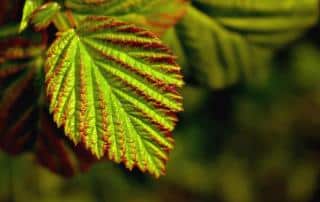

Corylopsis, in full bloom, is covered in bunches of fragrant pale yellow flowers.
The genus numbers about thirty different deciduous shrubs and small trees, each of them native to China or Japan.
In February and March, corylopsis is what comforts the gardener when winter seems to last forever! The beautiful flower panicles appear before the leaves do, and gently sway with the wind along with the branches. After the blooming, the leaves unfurl, delicately shaped, and they’re somewhat similar to hazelnut tree leaves. In fall, the leafage turns to magnificent shimmering gold hues.

Set it up against a wall facing South-East and it will be perfect! You can even attach it to a lattice. It appreciates incremental swings in temperature, not rapid ones, and loves growing together with other shrubs. Late frost spells may kill off flower buds and destroy the tips of young sprigs. If ever the plant is repeatedly exposed to spring frost, the plant may dwindle and die.
Plant it preferably near a place of passage in your garden to catch that fragrant smell, and place it against a dark or evergreen backdrop so that its winter blooming stands out. Any type of conifers with deep dark green leaves will do. You can also plant it in clusters of 3 to 5 specimens in forest underbrush or as a mixed hedge. In small gardens, a standalone specimen always looks dashing. Covering the ground around it with winter heath plants or early blooming bulbs such as crocus, squills, and botanical narcissus will create a charming winter landscape.
Pruning isn’t necessary and should only serve to make the bearing more harmonious just after the blooming. In time, provide heath plant fertilizer just as vegetation takes off and, towards the end of winter, a bit of special “rhododendron” fertilizer.
To keep the roots somewhat cool during the summer season, and to maintain the acidic environment, mulch the ground with compost or pine bark in spring. If the leaves turn yellow, water the ground with anti-chlorosis treatments.
M.-C. D.